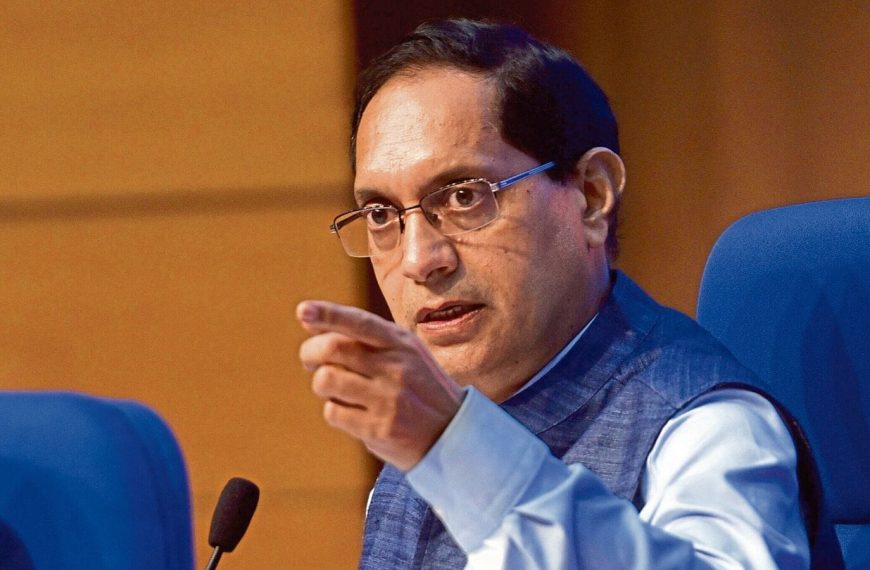Indian rice prices have surged to their highest levels in nearly a month, driven by a stronger Indian rupee, even as demand remains sluggish. In contrast, Thai rice prices have remained stable due to an oversupply and weak demand. This week, prices for India’s 5% broken parboiled rice have risen slightly, a trend that is reshaping the export landscape.
Current Indian Rice Prices
India’s rice prices reflect a notable increase, with 5% broken parboiled rice now priced between $390 and $397 per ton, up from the previous week’s $389 to $396. The 5% broken white rice has also seen a rise, currently quoted at $383 to $390 per ton.
- 5% Broken Parboiled Rice: $390 – $397 per ton
- 5% Broken White Rice: $383 – $390 per ton
A trader based in Mumbai highlighted that while demand is currently low, the strengthening rupee is compelling exporters to adjust prices upward. This week marks a significant milestone, as the Indian rupee reached its highest valuation in 2023, which directly impacts the profit margins for exporters.
Thai Rice Market Stability
In Thailand, the pricing for 5% broken rice has remained consistent at approximately $410 per ton, similar to the previous week. Traders in Bangkok have noted that the combination of low demand and adequate supply has contributed to this price stability.
- 5% Broken Rice Price: $410 per ton
Regular buyers from regions such as Africa, Iraq, and the Philippines have been active this week, though their purchasing volumes have been limited, according to a Bangkok trader.
Bangladesh’s Export Ban Lifted
In a significant development, Bangladesh has lifted its ban on aromatic rice exports, allowing private traders to export up to 25,000 tonnes. This ban, initially imposed in June 2022, aimed to stabilize domestic prices and curb volatility in the market.
Despite being the third-largest rice producer globally, Bangladesh has faced challenges with rising domestic prices, which have reportedly increased by 10% to 20% over the past year. The recent policy change is expected to have a positive impact on the market.
Conclusion
As the rice markets continue to evolve, the interplay between currency fluctuations, domestic demand, and export policies will be crucial. Stakeholders in the agricultural sector are advised to stay informed about these trends to navigate the changing landscape effectively.
For ongoing updates about global rice markets and pricing, consider exploring resources from agricultural trade organizations and market analysis platforms.











